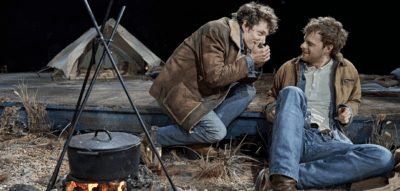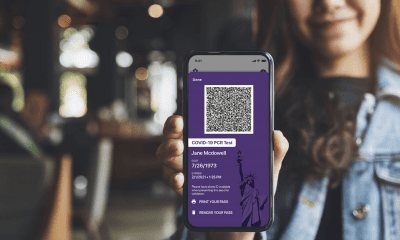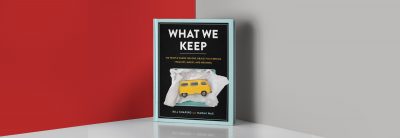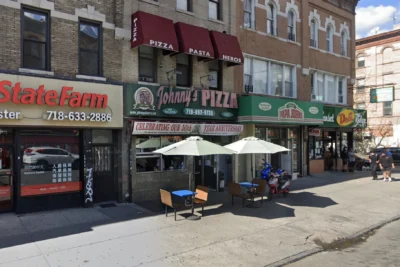Photos by Alix Piorun
Scenes from Choke Hole: ‘Raw, queer strength and talent on full display’
This New Orleans-based drag wrestling show is NYC’s most bizarre ticket when it rolls into town
Wobbling her enormous phony breasts in the direction of a many-limbed alien bug, Jassy cartwheels across the ring only to be loudly smacked down by the creature. The crowd at Choke Hole — high and low brow alike — shrieks incoherently.
The stage, set up within Bushwick’s Fine & Raw Chocolate factory, is covered in glitter and exploded styrofoam. The floor around it is packed with the 800 people who managed to snag $20 (and up) tickets to this New Orleans-based queer wrestling spectacle before it sold out — within two hours.
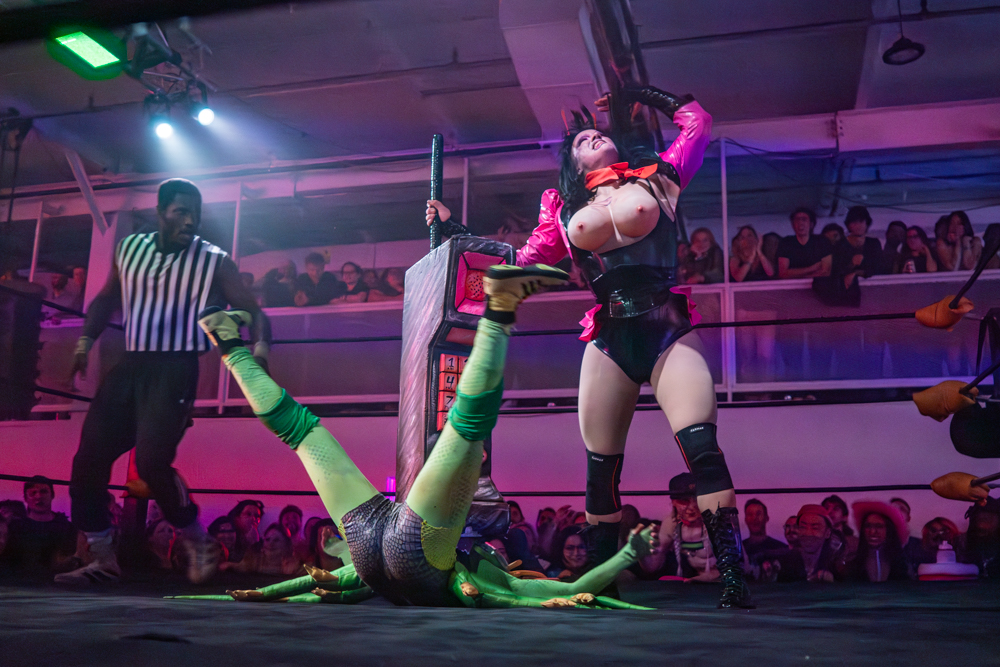
Jassy squashing RAID the bug with a giant telephone (Photo by Alix Piorun)
“This is NOLA community. Bushwick loves it,” Morgan, who helped create many of the show’s cartoonishly colorful props, tells me.
Friday’s Bushwick event was just one of two shows Jassy and Choke Hole’s other two producers — Gorlëënyah, the intergalactic television mogul and her sex-robot minion Visqueen — put on in the boroughs last week. On Monday, the bawdy bizarros traipsed across town (and a spiritual divide) to The Metropolitan Museum of Art.
The Upper East Side’s fine art elite and the denizens of Brooklyn’s industrial outer edge seem to be in agreement: Choke Hole, which bills itself as “Milksop Galaxy’s third-most sensational slay-per-view event,” is a good time.
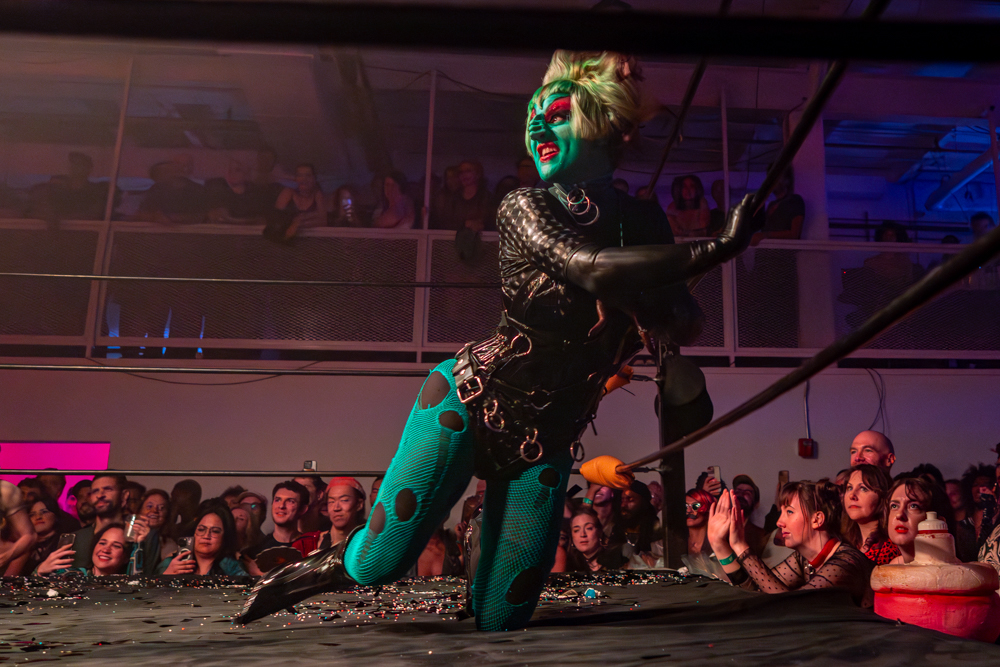

Gorleenyah getting up in the middle of a melee (Photo by Alix Piorun)
‘People are popping little boners for this’
Born in a roofless New Orleans building in 2018, Choke Hole has since sold out shows across the country and beyond, its unabashed bizarreness sufficiently entertaining to garner mainstream appeal and even political support.
In those early pre-pandemic days, Jassy (“I just go by Jassy whether or not I’m in drag”) was putting on wittily themed drag shows with fellow performer Visqueen. The pair decided to link up with Ellery Neon (Gorlëënyah), also known as the graffiti artist Hugo Gyrl, who’d been organizing large-scale themed warehouse parties.
Their first two Choke Holes were packed, upwards of 600 people cramming in to watch outrageously costumed characters duke it out on stages made from old tires covered in plywood and a billboard for a local personal injury attorney named Morris Bart. Between matches, video projections explained the Choke Hole universe’s extensive cast, which includes RAID, an anti-gentrification mutant insect whose home was fracked by RuPaul; Garlic Junior, an ex-pop star hellbent on making a comeback, and a promoter of Squelsh, “a mysterious beverage sweeping the galaxy” that is also Choke Hole’s “top sponsor.”
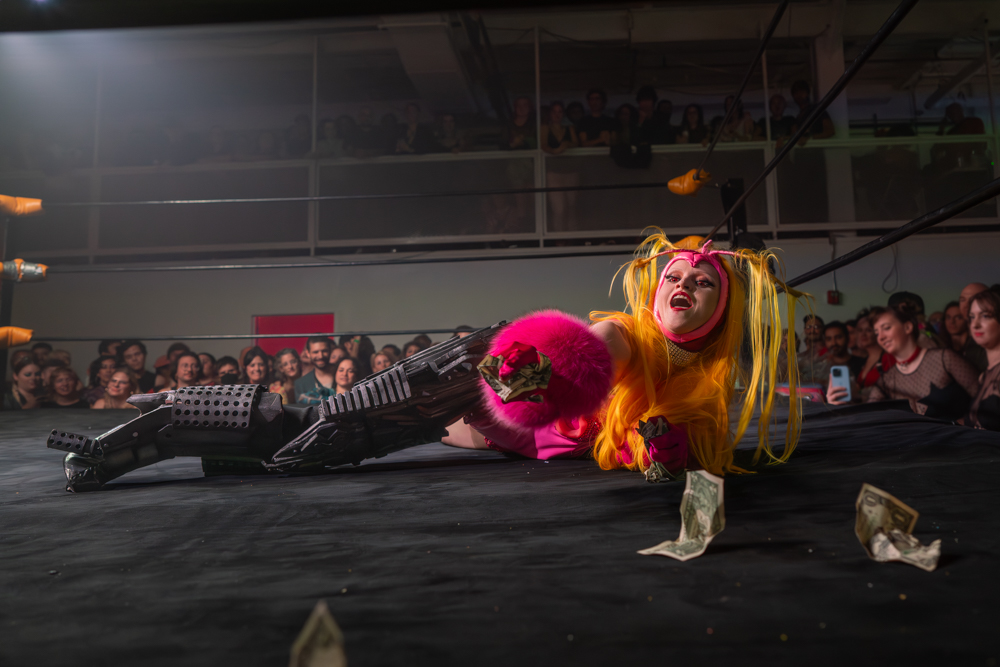

Visqueen performing during the halftime show (Photo by Alix Piorun)
“We used to produce the show illegally in an abandoned warehouse full of black mold, and later, once we moved to legitimate venues, we were threatened with felony charges by the Louisiana wrestling commissioner for operating as an unlicensed wrestling league,” Jassy tells Brooklyn Magazine. “Luckily we got the Louisiana State Senate on our side, and they delivered a signed proclamation to our show, praising us.”
“It was a much bigger crowd than we expected,” says Neon of those first Choke Holes. “So we were like, we’ve hit something here, people are popping little boners for this one.”
The hype survived the pandemic, and Choke Hole went on the road, filling venues in New York and Las Vegas, attracting the attention of Hollywood producers along the way.
“We’ve been hit up by a lot of TV producers who wanted to make it a reality show,” says Neon. The Choke Hole team, however, dreams of it becoming not a reality series but a scripted one Neon describes as “Pee-wee’s Playhouse’ meets WWE meets ‘Drag Race’ slash ‘Sailor Moon.’”
The parts may feel familiar, but the whole is hard to fathom, which is perhaps the secret sauce behind Choke Hole’s success — taking the easy, established norms of wrestling and turning them into a fever dream drag-art concept so outlandish it appeals to audiences across the spectrum.
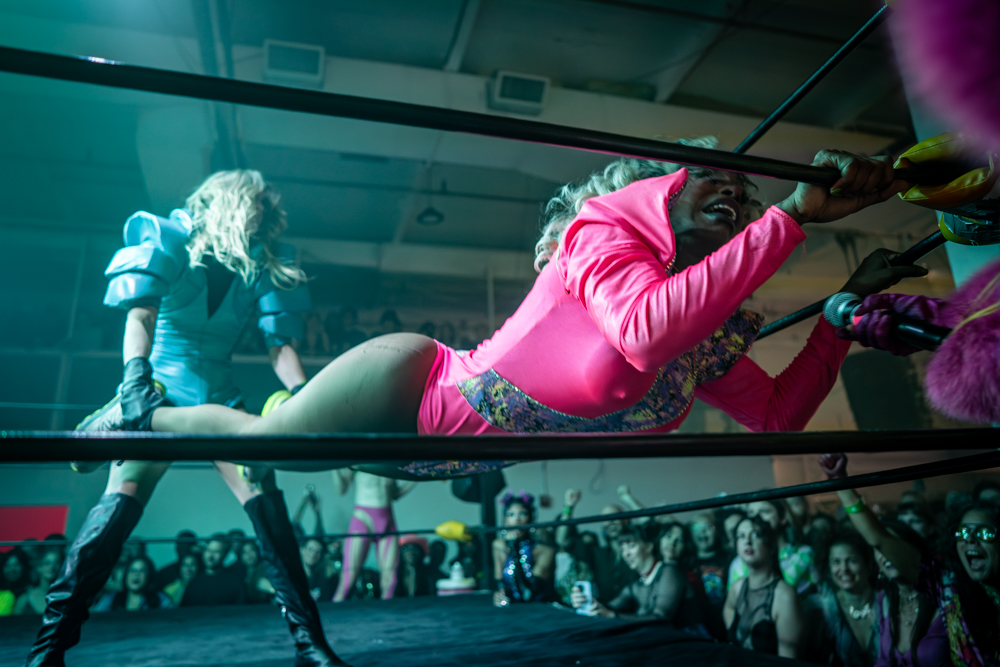

Garlic Junior pulls Laveau Contraire (Photo by Alix Piorun)
“To experience Choke Hole is to witness raw, queer strength and talent on full display without the trauma drama or taking things too seriously,” says Visqueen. “A perfect escapism that I believe the world needs right now.”
It also manages to maintain both a high production value and a feeling of being born from community, which, in a cultural era where authenticity is currency, goes a long way. The team puts it on as often as they can, but there isn’t really a steady cadence.
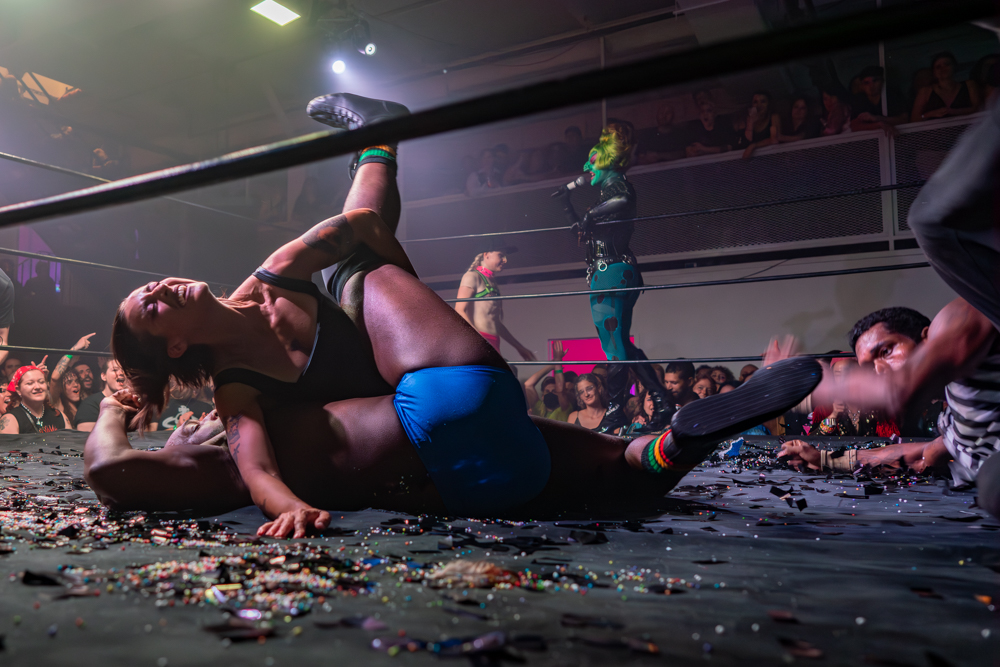

The Door Girl pins ‘Eric Adams’ (Photo by Alix Piorun)
“It’s a lot of work and doesn’t yet quite pay the bills,” says Neon.
Back at the Bushwick show, it’s hard to make it more than a few feet without bumping in to someone who was attending because of a personal connection to Choke Hole. It makes sense somewhat, though, when one understands just how much effort from how many people goes into this performance, which, despite the accolades and renowned venues, is still mostly “a labor of love,” according to Jassy.
Adds Neon: “It takes a village to make something this stupid.”
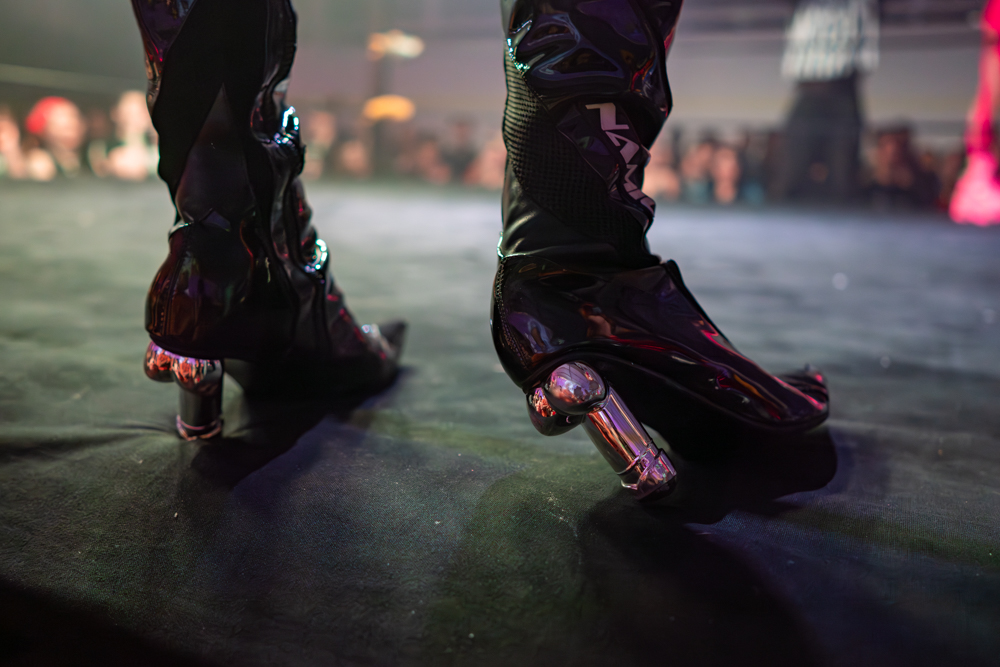

Penis heels on Gorlëënyah’s boots (Photo by Alix Piorun)
You might also like 

















